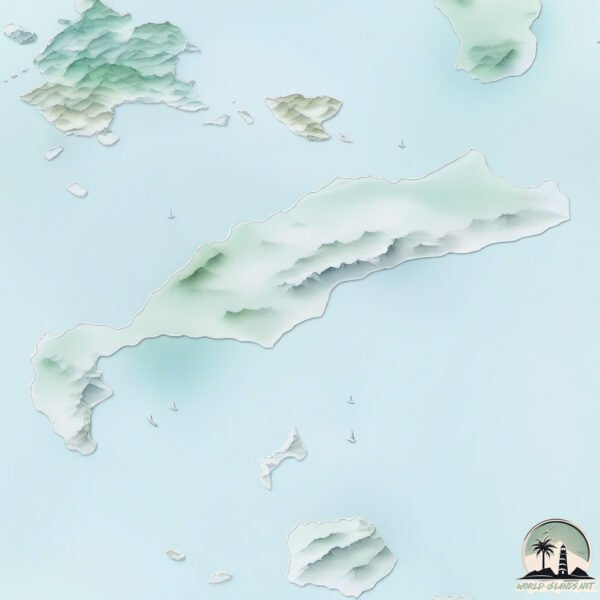Welcome to Kos , a Temperate island in the Aegean Sea, part of the majestic Atlantic Ocean. This guide offers a comprehensive overview of what makes Kos unique – from its geography and climate to its population, infrastructure, and beyond. Dive into the details:
Geography and size of Kos
Size: 289.3 km²Coastline: 116 kmOcean: Atlantic OceanSea: Aegean SeaContinent: Europe
Kos is a Large Island spanning 289 km² with a coastline of 116 km.
Archipel: Mediterranean islands – Encompassing numerous islands in the Mediterranean Sea, each with its own unique culture, history, and natural beauty, from the Balearics to the Greek islands.
Tectonic Plate: Aegean Sea – Located in the eastern Mediterranean, this microplate is characterized by seismic and volcanic activity due to its interaction with the Eurasian and African Plates.
The geographic heart of the island is pinpointed at these coordinates:
Climate and weather of Kos
Climate Zone: TemperateClimate Details: Hot-Summer Mediterranean ClimateTemperature: Hot Summer
Climate Characteristics: Characterized by hot, dry summers and mild, wet winters, typical of coastal areas with abundant sunshine.
Topography and nature of Kos
Timezone: UTC+02:00Timezone places: Europe/MariehamnMax. Elevation: 704 m Mean Elevation: 114 mVegetation: Agricultural MosaicTree Coverage: 19%
The mean elevation is 114 m. The highest elevation on the island reaches approximately 704 meters above sea level. The island is characterized by Plateau: Elevated flatlands rising sharply above the surrounding area, with a maximum elevation over 500 meters but a mean elevation less than 300 meters, forming unique highland areas on islands.
Dominating Vegetation: Agricultural Mosaic
Vegetation: 15 vegetation zones – Exceptionally Diverse Island
Infrastructure and Travelling to Kos
Does the island have a public airport? yes .
Does the island have a major port? yes .
The mean population of Kos is 118 per km². Kos is Moderately Inhabited. The island belongs to Greece .
Continuing your journey, Nisí Psérimos is the next notable island, situated merely km away.
Kos Overview: The Best Areas to Stay & Visit in 2025...
In this quick overview, we travel around the Greek island of Kos to check out some of the best areas to stay and visit! Join over ...
Kos Overview: The Best Areas to Stay & Visit in 2025...
In this quick overview, we travel around the Greek island of Kos to ...
In this quick overview, we travel around the Greek island of Kos to check out some of the best areas to stay and visit! Join over ...
Kos Town Tour, Greece what is it like?
Join me on my Kos island adventure starting off Walking through Kos ...
Join me on my Kos island adventure starting off Walking through Kos town, the main town on the Greek island of Kos, Greece as I ...
Kos: Beginners Guide to the Greek Island of Kos Greece
In my beginner's guide and travel guide to Kos, Greece, in the Aegean, ...
In my beginner's guide and travel guide to Kos, Greece, in the Aegean, I'll share everything you need to know, including the best ...
Greece is classified as Developed region: nonG7: Developed economies outside of the Group of Seven, characterized by high income and advanced economic structures. The level of income is High income: OECD.
News – Latest Updates and Headlines from Kos
Stay informed with the most recent news and important headlines from Kos. Here’s a roundup of the latest developments.
Loading...
Please note: The data used here has been primarily extracted from satellite readings. Deviations from exact values may occur, particularly regarding the height of elevations and population density. Land area and coastline measurements refer to average values at mean high tide.

